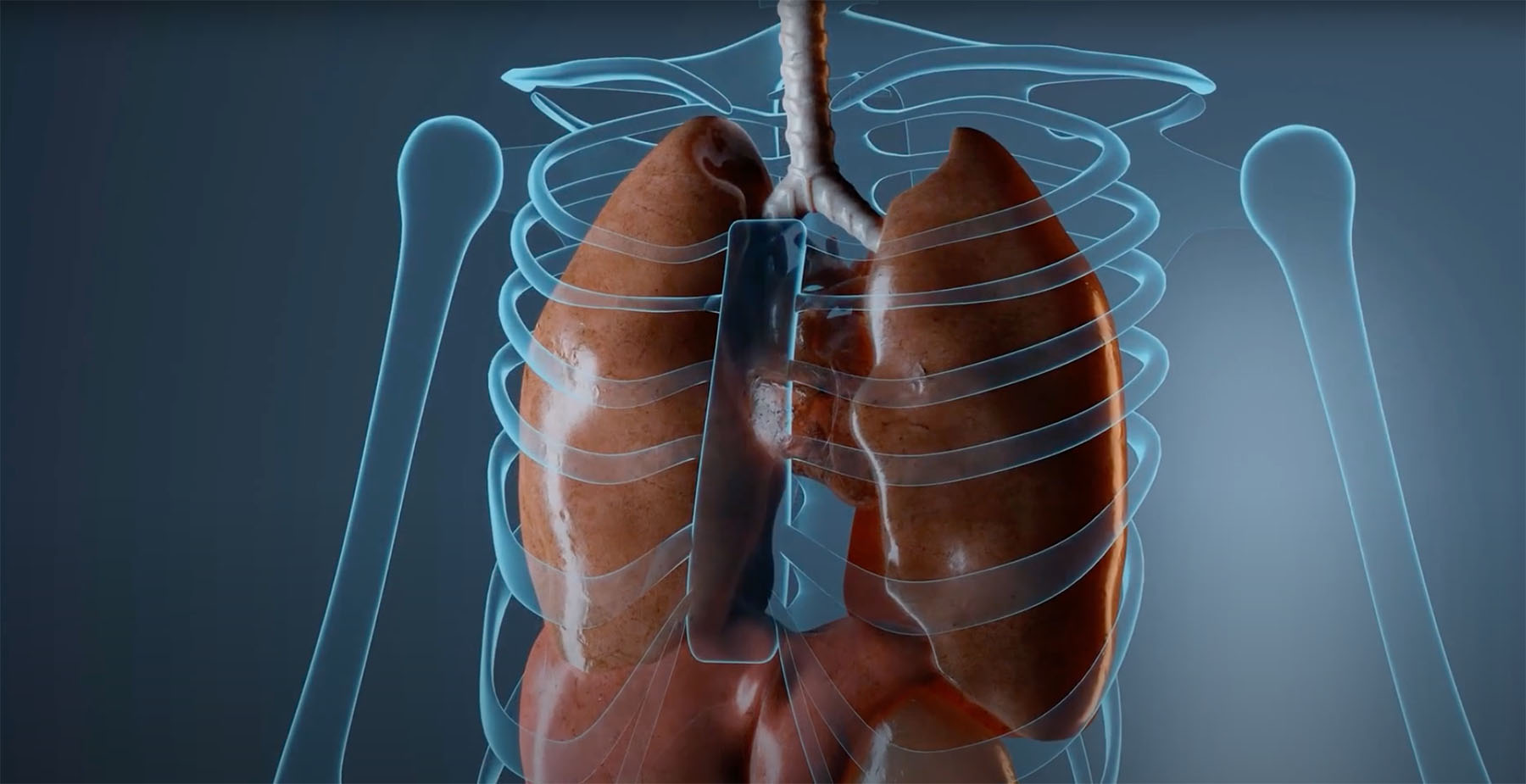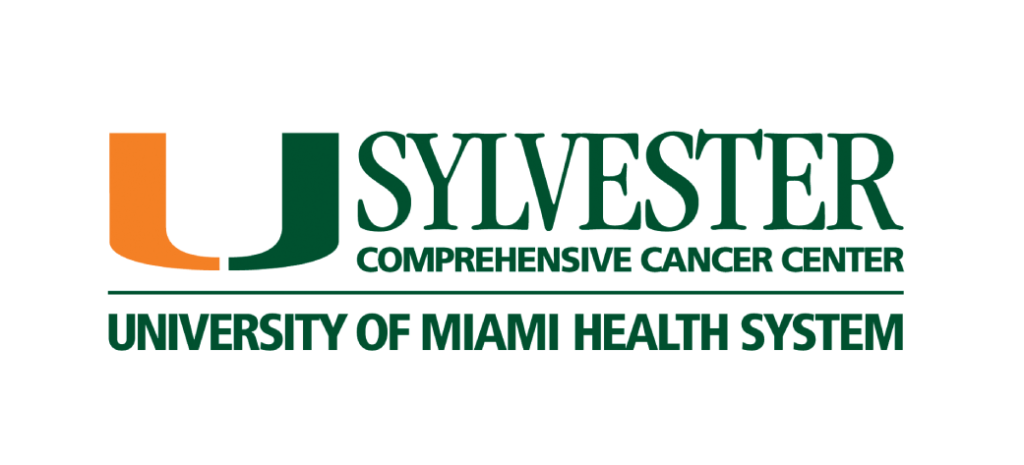Beating the Odds, Thanks to Lung Cancer Screening


After smoking for 38 years, 56-year-old Iris Fortson feels blessed.
Unlike many people diagnosed with lung cancer, hers was caught early. Doctors at Sylvester Comprehensive Cancer Center removed it and she is now cancer free.
Smokers are 10 to 20 times more likely to develop lung cancer or die from the disease than non-smokers. During one of her regular doctor visits, she filled out a questionnaire and self-identified as a smoker. Her primary physician, Dr. Dale Wright, recommended she go for lung cancer screening at Sylvester.
Only a small percentage of people who are at high risk for lung cancer like Iris get the screening. “People should be as comfortable with this procedure as they are with getting a mammography or colonoscopy,” says Dr. Nestor Villamizar, a thoracic surgeon and lung expert at Sylvester.
Lung cancer is the leading cause of cancer deaths in the U.S. But, it doesn’t have to be.
Low-dose computed tomography (also called a low-dose CT scan, or LDCT) is the only recommended screening for lung cancer. During LDCT, an X-ray machine scans the person’s body and uses low doses of radiation to make detailed pictures of the lungs.
In Fortson’s case, the imaging showed a pulmonary nodule, so she was scheduled for a follow up 6 months later as per protocol. The second scan showed that the nodule had grown, and further testing confirmed lung cancer.
“It was peripherally located in the outer third of the lung,” says Dr. Villamizar. “In these cases, my preference is to go directly to surgery.”
The idea of surgery frightened her, says Fortson, but “I did it, and I am glad I did it!”
To remove the nodule, Fortson underwent robotic surgery under general anesthesia. Dr. Villamizar says that it takes about three to five hours and that typically patients go home the following day.
“It is very minimally invasive; when we see them during a follow up appointment a week later, often they are ready to go back to their normal lives.” Patients who have traveled from another country to have the procedure should wait two weeks to return, he says.
Making the case for screening.
Fortson’s success story is not nearly common enough.
It is not always the best course of action to get a biopsy first, says Dr. Villamizar. Lung biopsies have risks such as lung puncture or collapse and then sometimes they fail to detect the cancer. It can take months to schedule a biopsy and by then the cancer could have metastasized, he says.
“Many patients are so grateful that we expedite taking care of the lung cancer (with screening),” says Dr. Villamizar.
The screening was “God’s blessing – you’ve got to catch it before it gets out of hand.
Iris Fortson, patient
The lung cancer five-year survival rate is only 18.6 percent and “screening for individuals at high risk has the potential to dramatically improve lung cancer survival rates by finding the disease at an earlier stage when it is more likely to be curable,” according to the American Lung Association.
Fortson, who is completely recovered and cancer free, has become an outspoken advocate for the lung cancer screening program. “I tell everyone that they should ask their doctor for a referral,” she says.
Who qualifies for LDCT lung cancer screening?
To benefit from screening, individuals must:
- Be current or former smokers with a smoking history of at least 30 packs/year
- Not have been diagnosed with any type of cancer or must be in remission for five years or must be free from signs and symptoms of lung cancer
For more information about lung cancer screening, contact Marie Charles at 305-243-9069.
Natasha Bright is a contributing writer for UMiami Health News. Her writing has also been featured on the Huffington Post and Scary Mommy websites.
